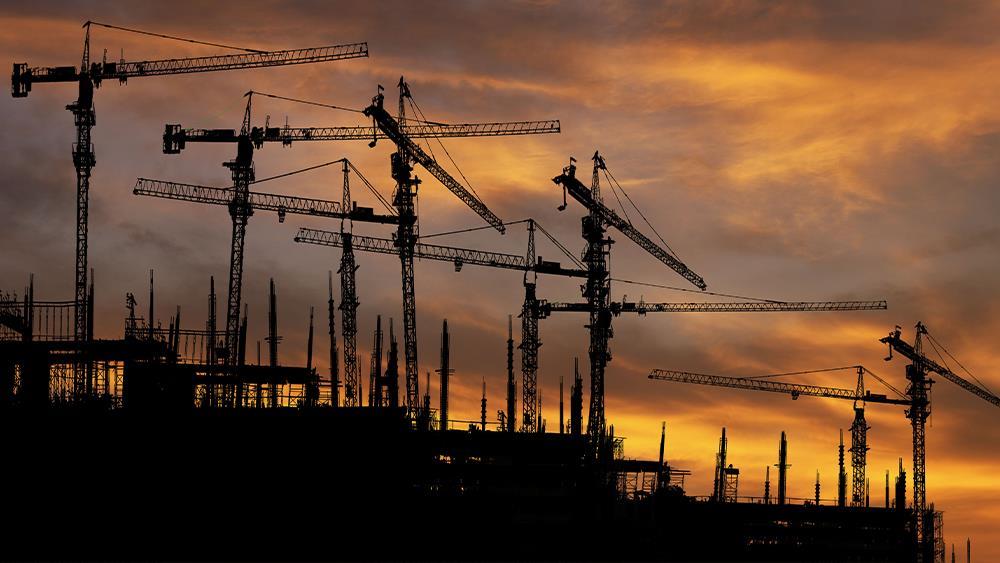

Atul Kariya, Head of Construction and Real Estate at MHA, asks is there any light at the end of the tunnel?
While the construction PMI for March has risen marginally to 46.4, the industry continues to be hampered by rising input costs and a drop in new orders.
We are seeing from the market and our clients that the result of the high tax burden for businesses combining with onerous regulation is disincentivising construction companies from investing in new staff and new projects.
With the cost of employing staff kicking in from 1 April, it is no surprise that we’re seeing stagnant growth and declining confidence in the construction sector. Given construction is a leading indicator for the wider economy this does not bode well for the UK economic outlook for 2025.
The Chancellor runs the risks of stifling corporate tax and employment receipts at a time when the government is more reliant than ever on business footing the bill for balancing the Treasury’s books.
The situation has been compounded by the challenges associated with Gateway 2 approvals that are running behind. Significant upfront costs and the system working slower than intended have delayed many projects in the sector. Even when the backlog clears, there is a concern that if it doesn’t do so at a steady rate, we could see temporary spikes in demand leading to labour shortages and wage inflation.
Yet, there remains hope for construction businesses robust enough to withstand these fierce storms. In a global economy increasingly threatened by an all-out trade war, UK construction could emerge relatively unharmed with less complex supply chains than manufacturers and retail. Although they are not immune from concerns that tariffs will slow global growth and hit consumer confidence.
Demand is likely to remain too, as residential construction activity experienced a less sharp decline than in February. Although the removal of the UK stamp duty reduction on 1 April will stagnate the housing market over the summer, investment in housebuilding was a large part of the Chancellor’s Spring Statement. And, while civil engineering experienced a sharp decline this month, government infrastructure projects should provide a boost to the struggling sector, even if the private sector is not.
2025 will continue to be bumpy year for the construction sector, but the outlook for 2026 and 2027 with growing order books and increasing optimism looks promising.